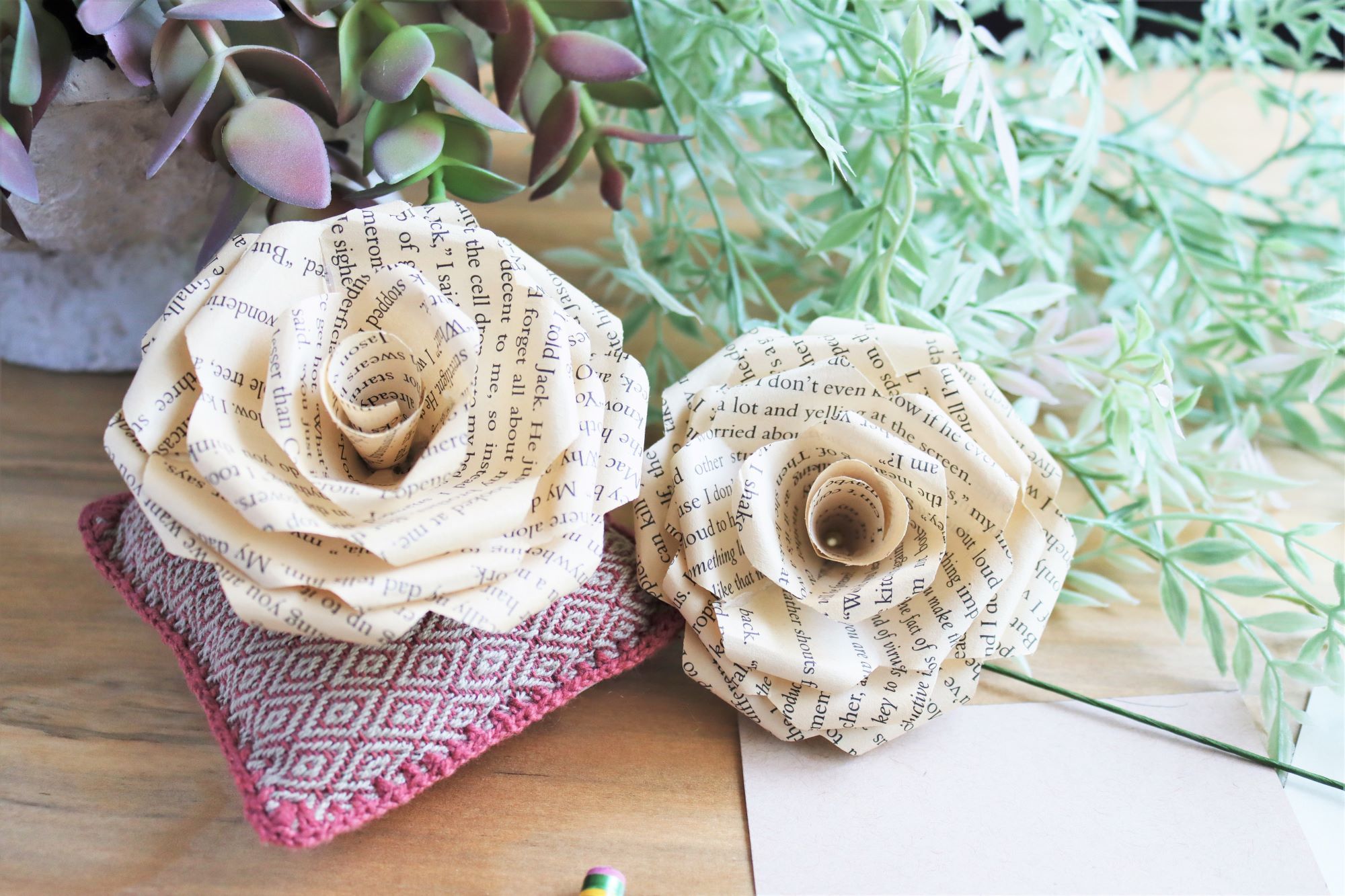
Slipped stitch is a popular method of knitting. This multi-colored stitch uses extra-long stitches to make multiple layers of fabric simultaneously. Because the stitches are longer, it can carry over the colors from a previous row. This technique uses several techniques. Learn how to create your own fabric designs with this stitch. After mastering the basics of this stitch, you can begin to experiment with it. After you have perfected the technique, you can start to apply it to a design.
Creating a slipped stitch design
If you want to create a beautiful scarf or sweater, one of the easiest ways to start is by learning how to make slipped stitches. It is easy to grasp and to make. Slip stitches are available in three colors. Three colors will create stunning designs that are both delicate yet interesting. You will need the correct yarn and a crochet hook to learn how to create a slip stitch design.
By adjusting your yarn gauges and the needle, you can create many different types slipped stitch designs. A tight row gauge will result in bubbles in your pattern. A row counter can be used to track how many stitches you have worked. You can then work with different yarns to create a mosaic by crossing the stitches on the same needle. This technique allows you to make classic slipped stitch designs in a variety of gauges and stitches.

Making a slip stitch fabric
A slipped stitch fabric can be a beautiful way to create a knitted fabric. Variegated yarns are a good choice, as they allow you to be more focused on the correct loops and avoid missing stitches. This stitch pattern can be learned quickly and is simple. This is a great technique for both experienced and novice knitters, regardless of whether you are making a scarf or a garment.
A slip stitch technique can be used to create invisible seams. This stitch technique works well for handwoven fabrics because it conceals most of its joining threads in the folds. This tutorial shows how to use a pin-loom square. If you're sewing heavy fabrics, you'll want to use an 8/2 cotton thread rather than matching thread to create a seamless look.
Create a slip stitch edge stitch
Creating a slipped stitch edge is a great way to create a neat and even edge for your knitting project. This stitch is especially helpful for new knitters who have trouble with tension. By using it on the first and last stitch of every row, you can ensure that your finished item is neat and secure. Here are some steps to help you create a slipped stitch edge. However, this stitch is not recommended to be used in all types of crochet or knitting projects.
Many knitting patterns ask you to slip your first stitch. If you knit flat, most knitting patterns require that you slip the first stitch in the row purlwise. Many flat knitting patterns start each row with a sl1 or slipped stitch. These are essential because they protect your work from becoming sloppy or loopy. Knitters often neglect to add the edge stitch. This can lead to loopy edges or varying tensions at the beginning of the next line.

Making a slip stitch pattern
If you want to use a slip stitch pattern, position the needle on your right side. From the back to the fore, insert the right needle into each stitch. Place the working yarn on top of the needle. When the slip stitch is completed, place the yarn next to the previous slip stitch. You may choose to slip one or several rows, depending on which stitch pattern you are using. This stitch pattern is also called a slip stitch.
Slip stitches are often used in colourwork. They can either be knit or purl-needled. Slip stitches should be used loosely so the fabric doesn't pucker. A slipping needle allows for evenly distributed stitches. This technique also creates a neat, squishy fabric. This technique is a great way to create unique patterns. Corrina demonstrates how a slipped stitch pattern is made in this video.
FAQ
Why do we have hobbies?
Hobbies are a vital part of our lives as they allow us to unwind, relax, think creatively and exercise. They also give us the opportunity to socialize, network, and have fun. These hobbies offer us the opportunity to learn new skills, develop valuable lifelong interests, and provide opportunities for us to do both.
Hobbies help us to find meaning and purpose in our lives.
They are great for spending your free time when there's not much else.
They're also fun!
If you don't have time for a hobby, then you probably don't have time for anything else either.
Look at all the options. Start a hobby today, if you don’t have one already!
What are your favorite hobbies right now
Popularity isn’t always a positive thing. Popularity can often be used to excuse mediocrity. Most people don't have the time or energy to pursue their hobbies. They are too busy trying to make ends meet. So what should you do if you don't have much free time? You could also start your own business.
But it's not an easy task. You will need to overcome many obstacles before your idea can become a reality.
You should look into a hobby if you want something more thrilling than running your own business.
Hobbies aren't just limited to creative pursuits. There are many different kinds of hobbies available. Here are some examples:
-
Gardening
-
Cooking
-
Photography
-
Reading
What are some competitive hobbies?
Competitive sports include running, swimming, cycling, golfing, tennis, etc.
They're usually played by people who enjoy physical activity but also provide an opportunity for social interaction.
If you have a hobby that involves physical activity, then you'll probably find that there are other people around who share this interest.
This could mean joining a club, or group that meets regularly to do sports together.
You might also choose to participate in team games involving playing alongside others.
These include soccer (soccer), rugby, netball and hockey.
There are many types of competition.
Some competitions are only for recreational purposes.
Others are intended to test competitors' skill.
Yet, there are others that reward exceptional performance.
In these cases, the winners receive prizes.
Other competitions are intended to test strength and stamina.
These are endurance events.
For example, marathon races, triathlons, Ironman Triathlon, etc.
Athletes train hard before they compete in these events.
To prepare their bodies and minds, they will have to adhere to a strict training plan.
They might also have to travel for preparation.
It is important to remember, not all athletes will compete in every type and event.
What does a hobby really cost?
Time is all that's required to make a hobby a success. If you're serious about your hobby, it can take you years to get what you want.
There is one thing that will help you. It's called "passion". If you have passion about something, it will make it easier for you to work hard.
It is possible to become addicted once you begin putting in the work. Here is the fun part! You are now doing something that you love and getting better every day. So by the end of the year, you will probably have made quite an improvement.
Don't be too concerned about how long it takes. Don't be afraid to try. You might be surprised at the results!
How do I get started with my new hobby?
To start a new hobby, you must first decide what type of activity you would like to do.
Once you have decided on your subject, passion is the key.
It is essential to understand the reasons you want to start a hobby. It will provide you with direction and purpose.
Once you have determined what hobby you wish to pursue, you can plan your next steps.
Consider the equipment that you will need.
You might need to consider whether you should attend classes or seminars.
Make sure you have enough space for your hobby.
It might also be worth considering joining a group or club. These groups often offer advice and support.
Finally, think about how much money you would need to spend on your hobby.
Statistics
- Almost 80% of people claim to have no hobby. (hobbylark.com)
- This 100% accurate personality-analyzing hobby quiz discovers your passion based on your characteristics. (quizexpo.com)
- Much of this decline reflects the fact that teens are less likely to work today than in the past; among employed teens, the amount of time spent working is not much different now than it was around 2005. (pewresearch.org)
- I am 100% biologically a woman (discover.hubpages.com)
- In comparison, men in the “no humor” condition were refused 84.6% of the time and were only accepted 15.4% of the time. (time.com)
External Links
How To
How to choose the right hobby
Asking yourself questions can help you determine if your hobby fits you.
-
Do I enjoy doing it?
-
Is it a pleasure?
-
Are you interested in continuing this hobby even after your age?
-
Am I good at it?
-
Are there ways to improve?
-
Would I recommend it to other people?
-
Is it going to bring me happiness?
-
It will help me relax.
-
Is it going to make me feel better?
-
It will teach me skills I can use later on in my life.
-
Will it let me meet new friends?
-
Will it allow me to express my creativity?
-
Is it possible to learn new skills?
-
Is it going give me confidence?
-
Will it provide me with a sense of achievement?
-
Will it result in financial success for you?
-
Can it allow me to travel?
-
Will it let me explore new areas?
-
Will it motivate me to exercise more?
-
It will it motivate me to work harder?
-
Is it going to motivate me?
-
It will involve me in activities I would not normally consider?
-
It will challenge me.
-
It will be entertaining.
-
Will it keep me fit?
-
Will it save money?
-
Will it decrease stress levels?
-
Can it keep you from boredom?
-
Do you think it will help me save time?